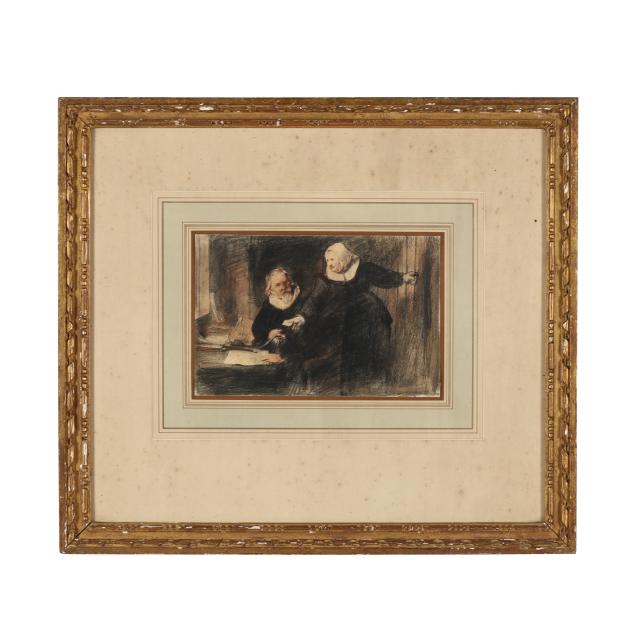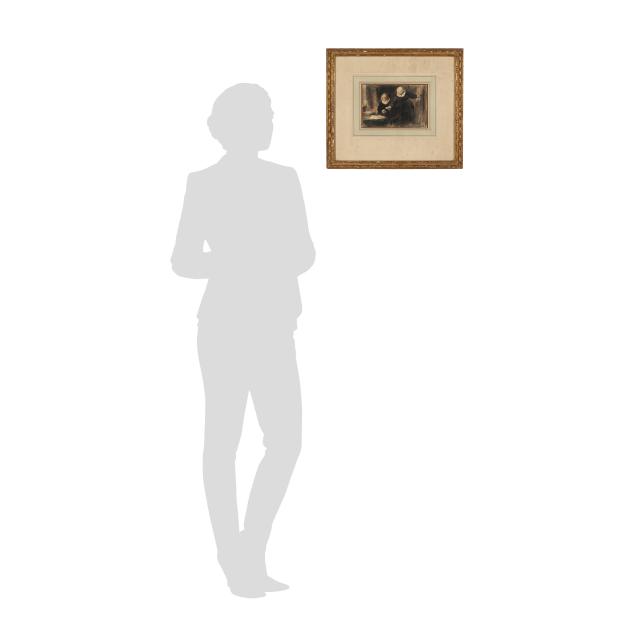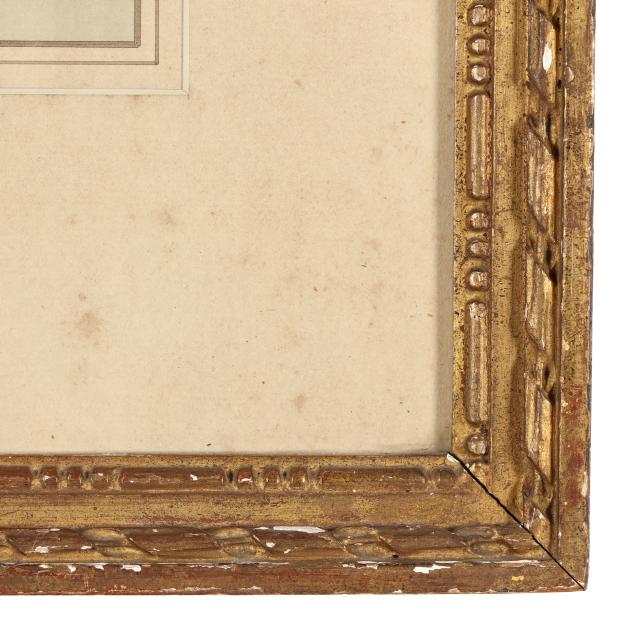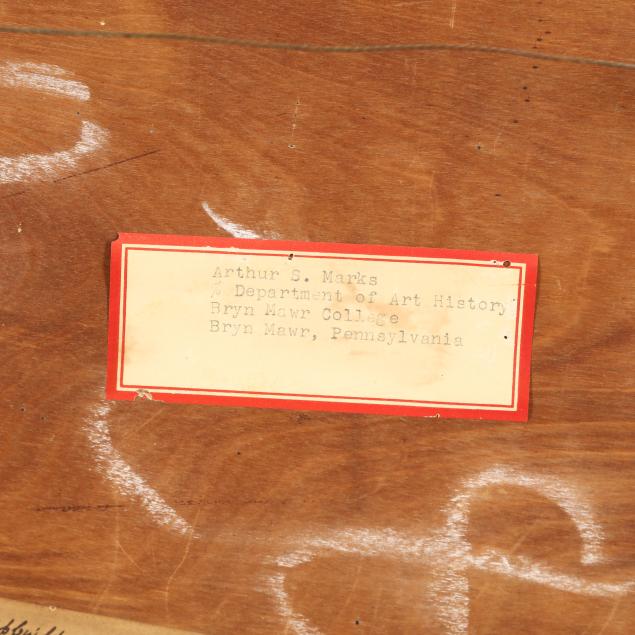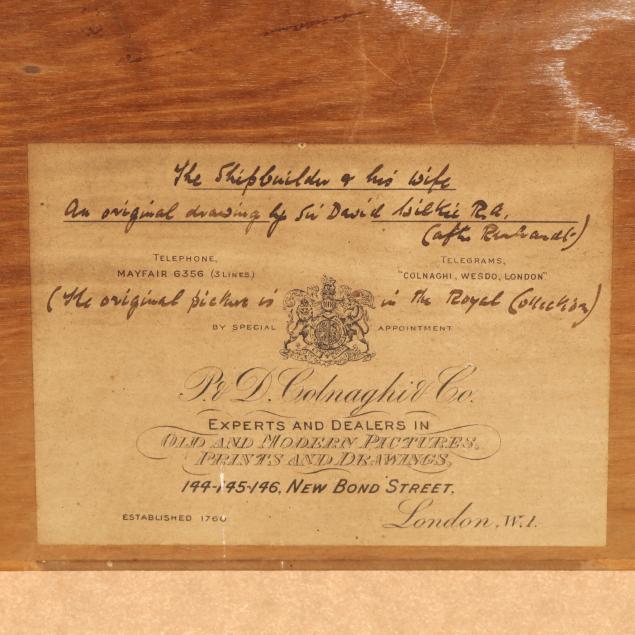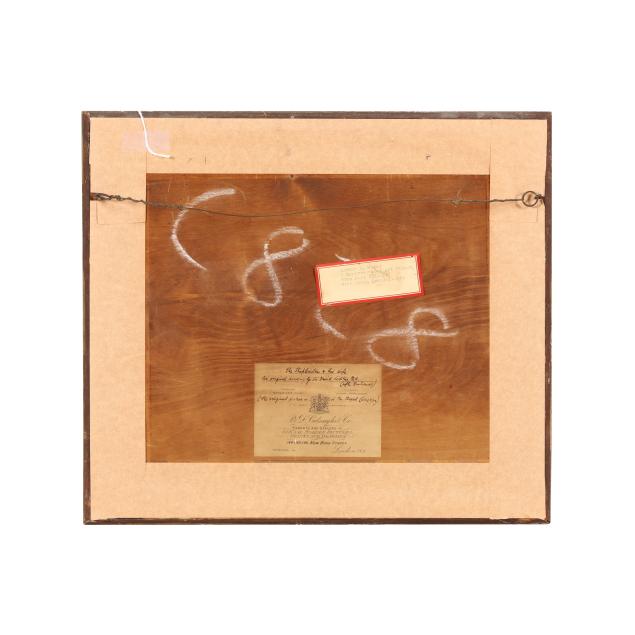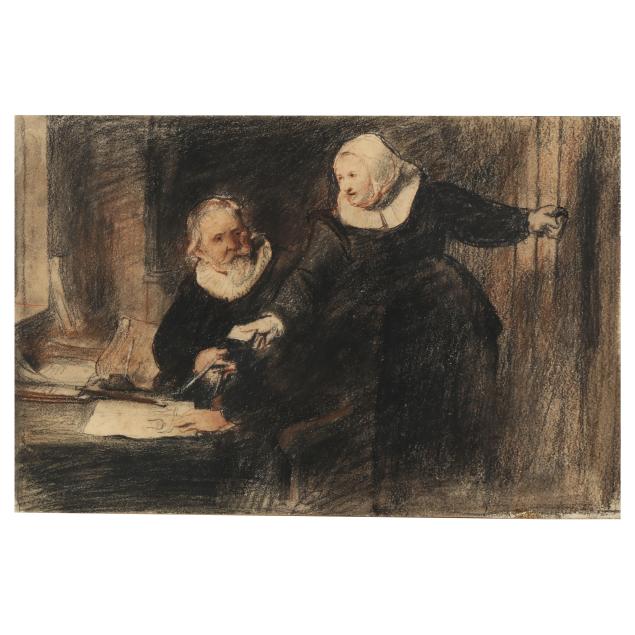
Lot 4065
Sir David Wilkie, R.A. (Scottish, 1785-1841), Jan Rjicksen and his Wife (after Rembrandt)
Explore more items like this one.
Visit our Fine Art Department Fine Art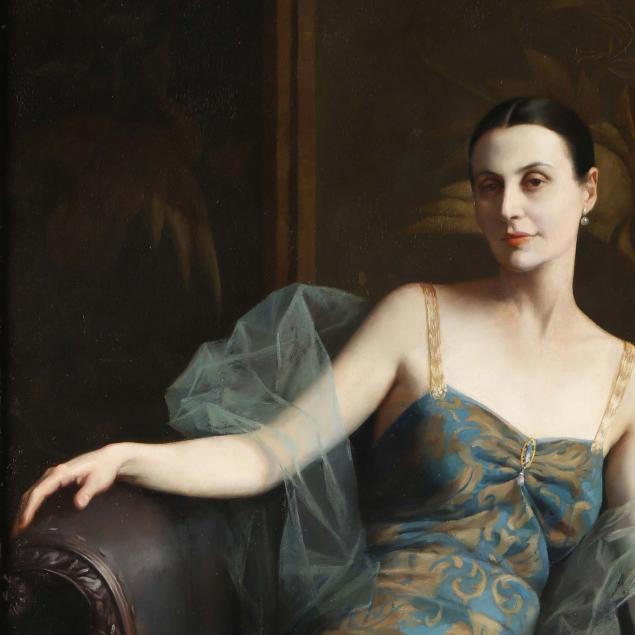
Lot Details & Additional Photographs
Sheet 5 1/4 x 8 1/8 in.; Frame dimensions 15 x 17 in.
Private Collection, Chapel Hill, North Carolina
P. & D. Colnaghi & Co., London
Sotheby's, London, Catalogue of Eighteenth and Nineteenth Century Drawings and Paintings, July 28, 1965, Lot 104
Born in Cults, Fife, Scotland, David Wilkie demonstrated an early talent for art and entered the Trustees' Academy in Edinburgh at age 14. In 1805, he moved to London to study at the Royal Academy, where he quickly gained recognition for his ability to portray scenes of everyday life with warmth, humor, and vivid realism. His breakthrough work, The Village Politicians (1806), showcased his skill in narrative painting and established him as a leading figure in British art. Wilkie's works, often compared to those of Dutch masters like Rembrandt and Jan Steen, resonated with both critics and the public, earning him widespread acclaim.
In addition to his genre scenes, Wilkie became a sought-after portraitist and was appointed Painter in Ordinary to King George IV in 1830, succeeding Sir Thomas Lawrence. Later in his career, Wilkie's style shifted toward a grander, more classical approach influenced by his travels in Italy, Spain, and the Middle East. Wilkie's career was cut short when he died at sea in 1841 during his return from a pilgrimage to the Holy Land. Despite this, his legacy endures as a master storyteller in paint, celebrated for his ability to capture the essence of human experience and the spirit of his time.
Foxing to mat; toning to sheet; not examined out of the frame.
